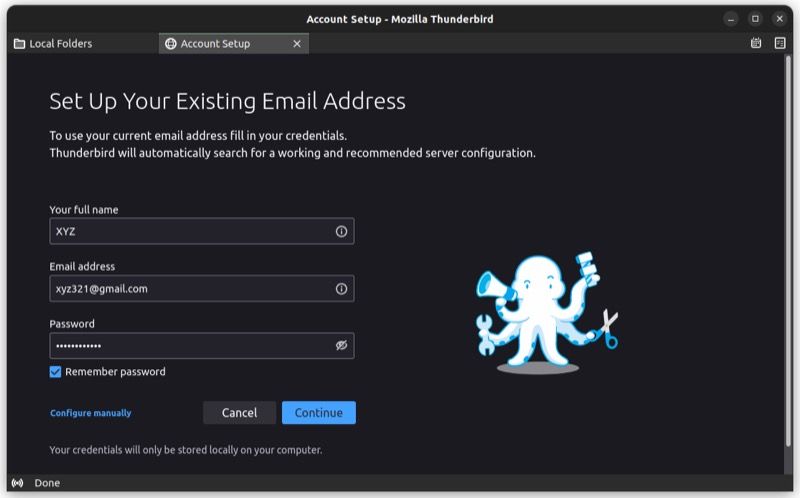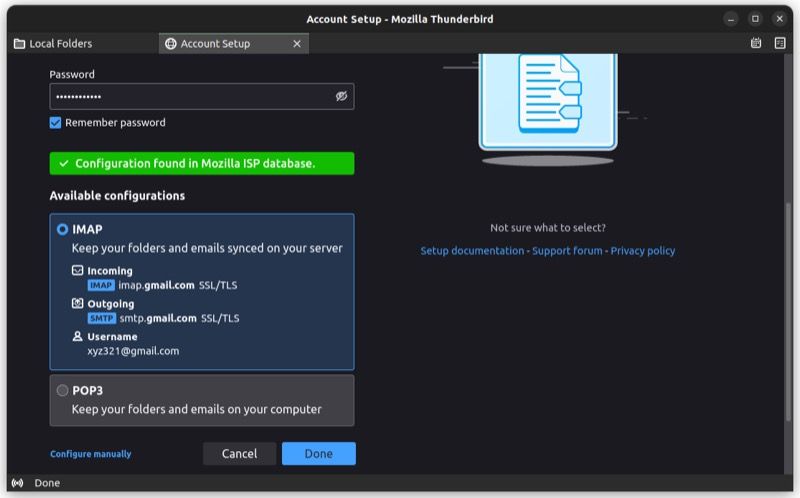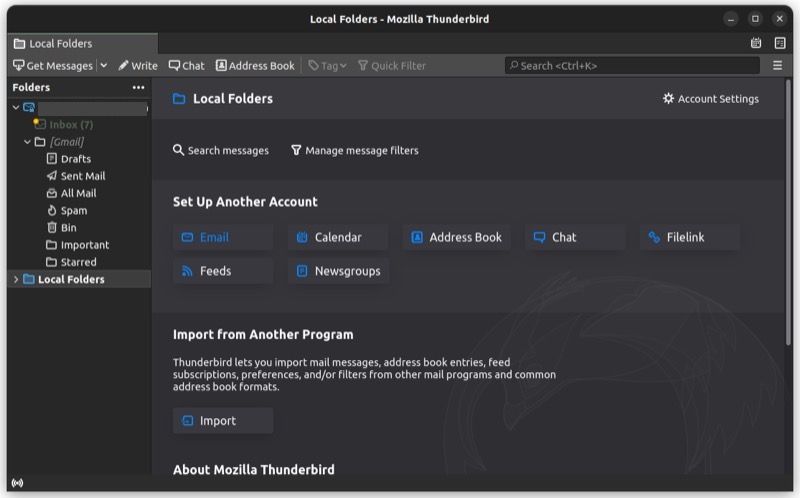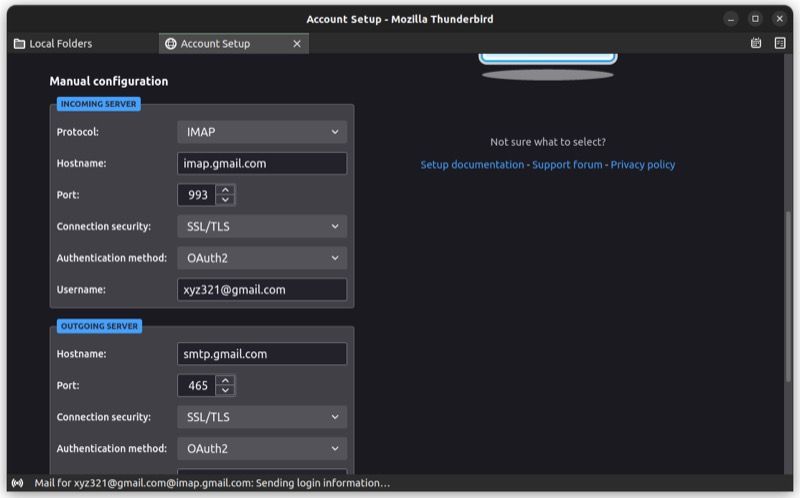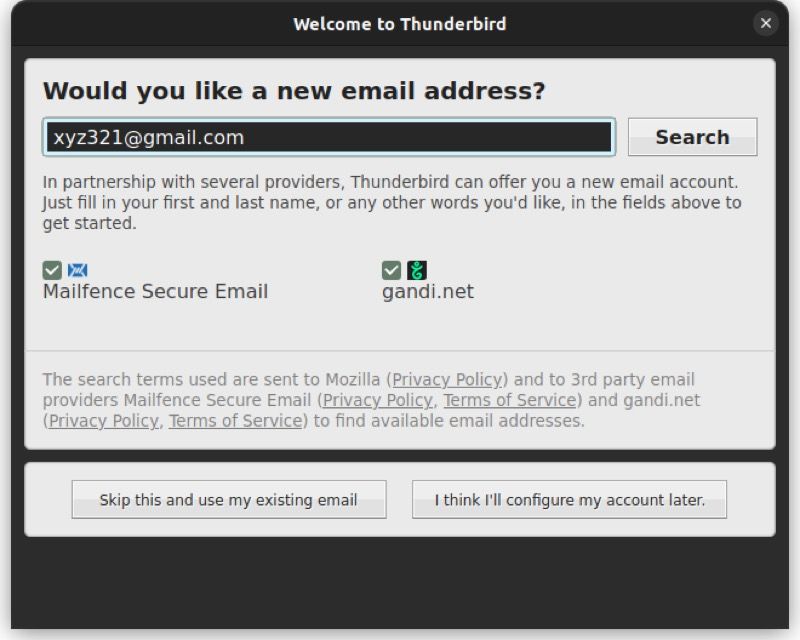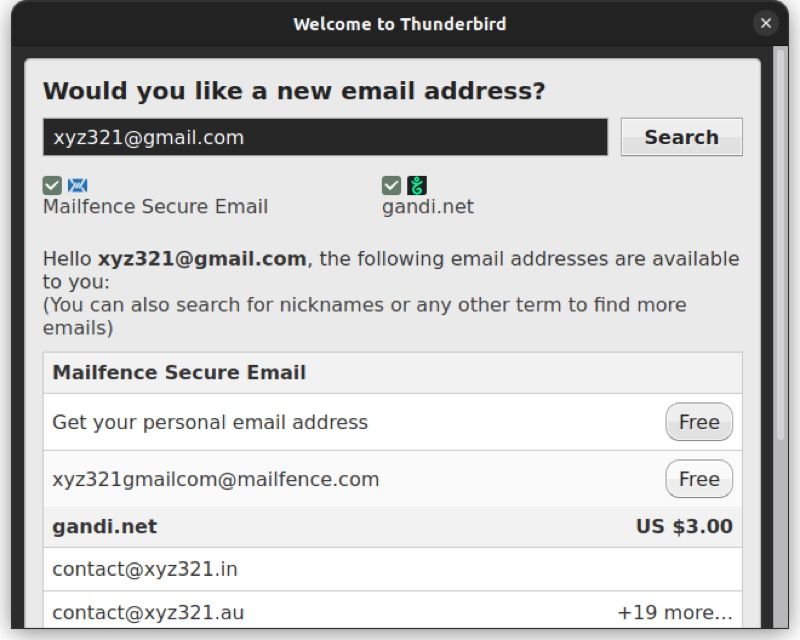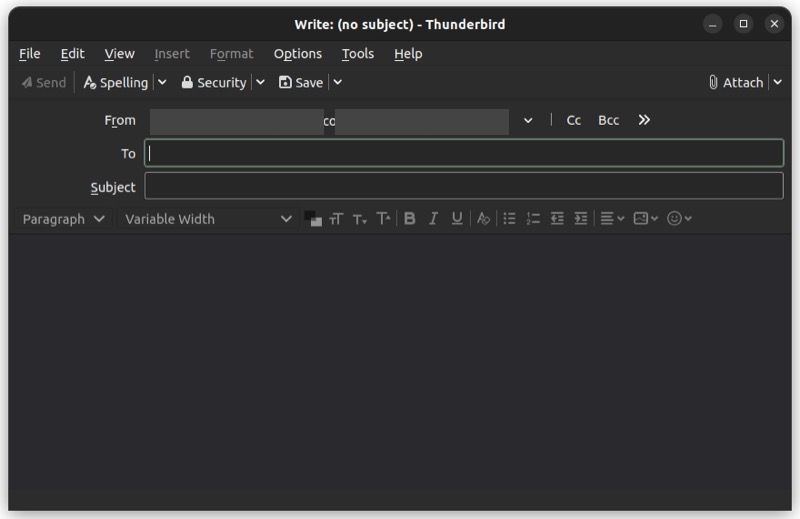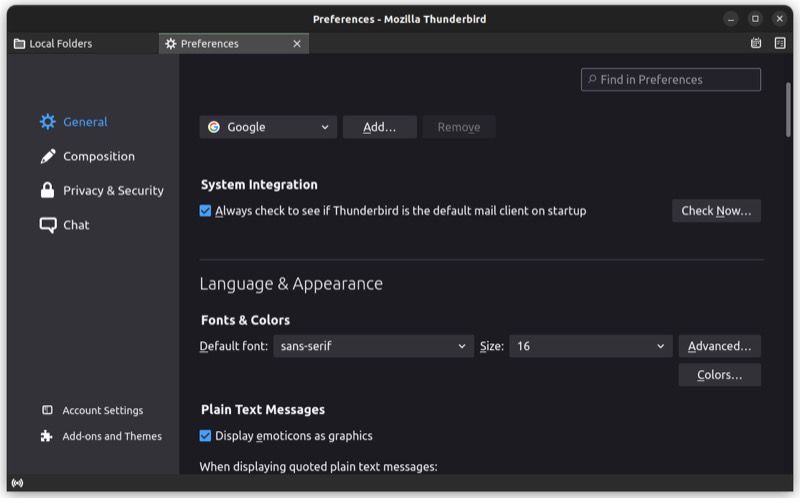Desktop email clients simplify email management. They let you access and manage emails directly on your desktop and eliminate the need to open a web browser whenever you need to view or send an email.
Linux has several desktop email clients that you can use. However, Mozilla Thunderbird stands out among them due to its extensive feature set and ease of use.
If you're planning to switch to Thunderbird, or you've used it before and switched to Linux recently, here's how to install, set up, and use Thunderbird on Linux.
How to Install Thunderbird Mail on Linux
Mozilla Thunderbird is available on all major Linux distros. It comes pre-installed on Ubuntu and its derivatives, so if you're running any one of these distros on your computer, you can skip this section.
However, if you're using any other distro on your machine, you can install Mozilla Thunderbird with a few simple commands.
On RHEL/CentOS/Fedora, open the terminal and run this command to install Mozilla Thunderbird:
sudo yum install thunderbird
If you're using Arch Linux, use:
sudo pacman -S thunderbird
openSUSE users can install Thunderbird by running:
sudo zypper install thunderbird
If you're using any other Linux distro, you can install Mozilla Thunderbird via Snap. But first, run this command in the terminal to ensure you have Snap on your computer:
snap --version
If you see a version number, it means your system has Snap installed. Else, it isn't, and you need to install Snap first. Follow our Snap guide to learn how to do this.
Once installed, run the following command to install Thunderbird using Snap:
sudo snap install thunderbird
Mozilla Thunderbird: First Run on Linux
After you've installed Thunderbird Mail on your Linux machine, open the applications menu and launch the program from there.
Since this is Thunderbird's first run, you'll see the main Thunderbird Mail window with the Account Setup page open in a new tab. You can either sign in with your existing account or create a new one using this tab.
Set Up an Existing Email Account in Thunderbird
If you already have an account with an email service provider, you can configure it on Thunderbird Mail either manually or automatically.
To do this automatically, start by filling out the text fields on the Set Up Your Existing Address page and click Continue.
Next, choose a configuration type between IMAP and POP3 and hit Done. IMAP is the best option for most people who need standard email management.
After this, Thunderbird will give you a pop-up window asking you to log in to your email service provider. Enter your email address and password here to log in to your email account. Hit the Finish button to finish setting up your email in Thunderbird Mail, and it'll redirect you to a new window with all your emails and folders.
Alternatively, if your email provider isn't listed on Thunderbird's automatic configuration list, you can configure your account on Thunderbird manually. For this, after you fill up the entries on the Set Up Your Existing Email Address page, hit the Configure manually button at the bottom.
Now, head over to your service provider's website to find manual configuration settings and fill them out on the Thunderbird setup page.
Finally, click Done, and you should be all set. Check out our guide on setting up Gmail and Exchange email accounts on Thunderbird to learn more.
Create a New Email Account in Thunderbird Mail
If you don't have an account with an email provider, you can create one inside the Thunderbird Mail client.
On the Account Setup window, click on the Get a new email address button below the Email address field. Next, on the Welcome to Thunderbird window, enter your name or nickname with which you want to create an email address and hit Search.
Thunderbird will now offer you some email address recommendations under Mailfence Secure Email and gandi.net, both of which are Mozilla's subscription providers that help users sign up for new email accounts through Thunderbird.
Click on the email address you like, and it'll direct you to its sign-up page to complete the account creation process.
Fill in the entries here and hit Sign up. When asked for a backup email address for recovery purposes, enter one, and you should have a new account.
How to Use Thunderbird on Linux
After you've finished setting up and configuring your email account on Mozilla Thunderbird, here are a bunch of things you can do.
1. Access and Manage Emails
Thunderbird keeps all your emails organized into different folders. Simply click on a folder to view all its emails.
To open an email, double-click on it, and Thunderbird will open it in a new tab. From here, you can archive the mail, add it to the address book, compose a reply for it, forward it, or simply trash it, using the action keys available in the toolbar. Moreover, you can also use tags to better manage and organize your emails.
2. Compose a New Email
When you want to email someone, click on the Write button in the toolbar to bring up the compose window. Fill out the From, To, and Subject fields appropriately and populate the body with your message. To add an attachment, click the Attach button, select the appropriate attachment type, and upload your file.
Finally, hit the Send button to send the email across.
3. Set Thunderbird as the Default Mail Client
If you plan on using Thunderbird for all your future email communications, you'd want to set it as the default mail client on your computer.
To do so, click on the Thunderbird menu and select Preferences. Scroll down to the System Integration section and make sure the Always check to see if Thunderbird is the default mail client on startup option is checked off.
4. Add More Accounts to Thunderbird
One of the advantages of using a desktop client like Mozilla Thunderbird is the ability to add and manage more than one email service at once. To add a new account, click on the Thunderbird menu and select Account Settings.
Here, click the Account Actions dropdown button and select Add Mail Account to bring up the account setup wizard. Again, fill out the form, as you did during the initial setup, and follow the on-screen instructions to finish adding the account.
5. Install Add-Ons
If you'd like to extend Thunderbird's functionality or customize its UI, you can do so using Thunderbird add-ons. For this, click on the Thunderbird menu and select Add-ons and Themes. Click on the Find more add-ons button to open the add-ons gallery.
Find the add-on or theme you want to add to Thunderbird and click the Add to Thunderbird button. Wait for a few seconds, and it should appear in your client.
What Else Can You Do With the Thunderbird Mail Client?
As mentioned earlier, you can use Mozilla Thunderbird for a lot more than just sending and receiving emails. As such, you can use it to chat (Google Talk, IRC, XMPP), read RSS feeds, and join newsgroups for discussions, all using a single program.
If you've gotten used to Thunderbird's webmail interface, thanks to its highly-customizable nature, you can make Thunderbird look like webmail with a few simple steps.


